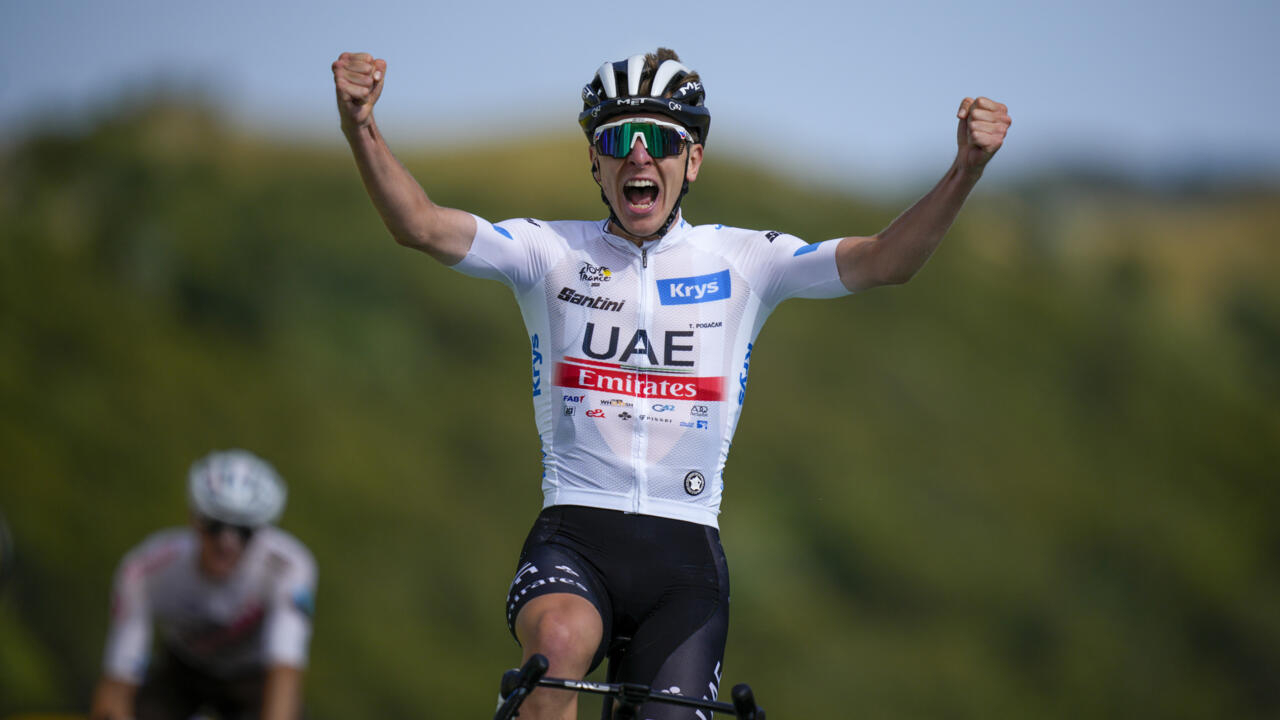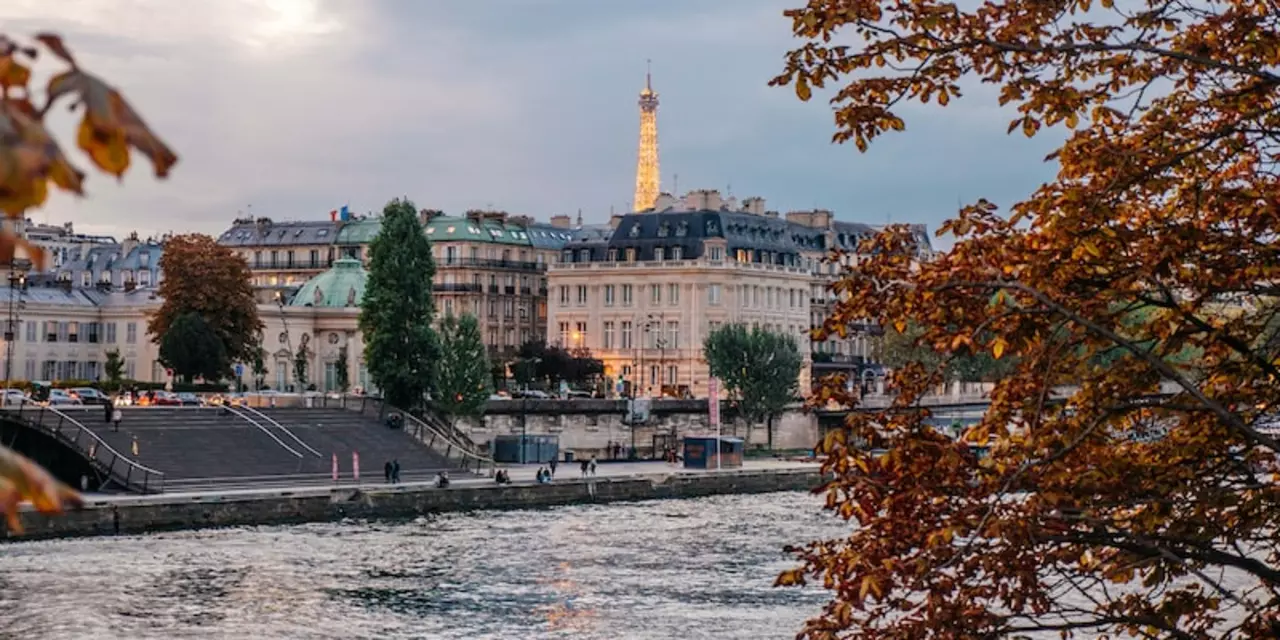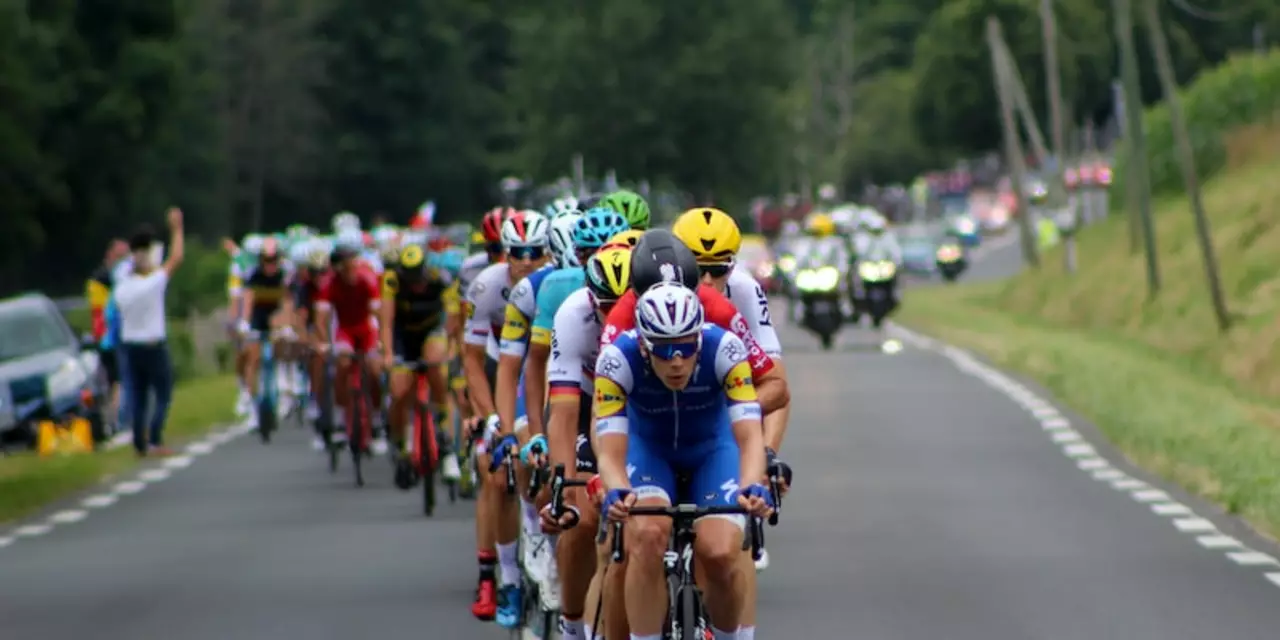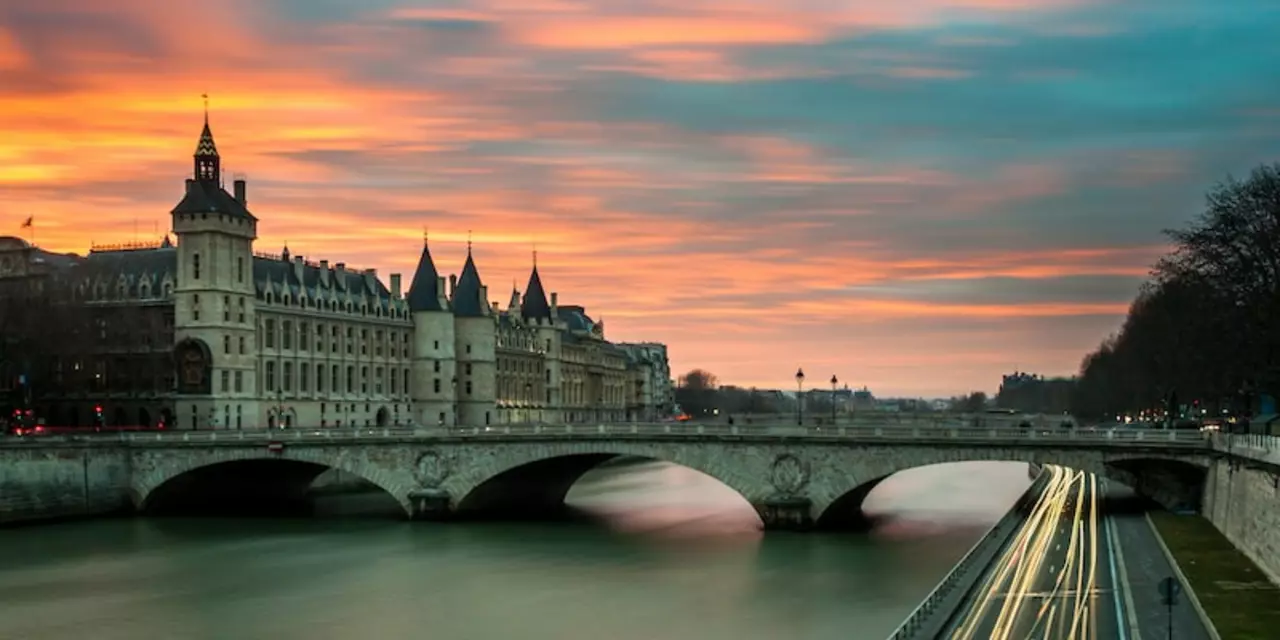Tour de France – The Race, the Bikes, the Experience
When the Tour rolls around, every cyclist’s mind drifts to those sleek machines shredding up the Alps. It’s not just a race; it’s a showcase of cutting‑edge bike tech, insane endurance, and pure drama. If you’re curious about why the Tour matters, you’re in the right place.
Why Tour de France Bikes Are Built Like Ferraris
Tour bikes are basically the Ferraris of two‑wheels. They use ultra‑light carbon fiber frames that feel like a feather but can take a pounding on rough climbs. The aerodynamics are tuned to a nanometer – every tube, every cable is shaped to cut drag. That’s why a rider can hit 60 km/h on a flat stretch with less effort than on a standard road bike.
The gear systems are another level up. Electronic shifting lets riders change gears in a split second, keeping cadence smooth even when the gradient flips from 2% to 12% in a heartbeat. Coupled with an integrated power meter, riders can monitor output and adjust on the fly, staying in their optimal zone for as long as possible.
How Riders Keep Going After the Finish
Ever wonder why cyclists keep pedalling after crossing the line? It’s not a show; it’s a recovery trick. Cool‑down riding flushes lactic acid out of the muscles, reduces stiffness, and helps the blood carry nutrients back to sore fibers. Think of it as a gentle stretch for the legs.
Pro riders also use this time to check their equipment. A quick glance at wheel wear, brake response, and frame integrity can spot a problem before the next stage. It’s a habit that saves them from a nasty mechanical failure in the mountains.
Beyond the physical, the post‑race ride is mental. Staying on the bike lets riders process the stage’s highs and lows, keep focus, and plan tweaks for the next day. It’s a quiet moment of reflection amid all the chaos.
If you’re a fan watching from home, there are a few ways to get closer to the action. Follow the live GPS feed to see where the peloton splits, listen to rider radios for in‑the‑moment strategy, and watch the sprint finishes in slow motion to spot the tiny bike adjustments that win races.
For aspiring racers, borrowing a few habits from the pros can boost your own rides. Use a bike fit that mimics a Tour frame – low stack height, aggressive drop – and practice smooth cadence drills. Even if you never tackle a mountain pass, you’ll feel more efficient on your everyday rides.
Gear wise, invest in a good pair of padded shorts. They’re not just for comfort; they reduce friction and prevent saddle sores, letting you ride longer without pain. Pair them with a quality helmet and clip‑on pedals for better power transfer.
Training for a Tour‑like effort doesn’t require a full‑time schedule. Aim for two high‑intensity intervals per week, each lasting 10‑15 minutes at near‑max effort, and a long steady ride on the weekend. This mix builds both anaerobic power for sprints and aerobic endurance for climbs.
Remember, the Tour isn’t just about the elite. It’s a celebration of cycling culture that inspires anyone with a bike. Whether you’re watching the yellow jersey battle the Alps or just enjoying a weekend ride, the lessons from the race can make your pedal strokes more confident and fun.
So next time the Tour starts, look beyond the drama and see the technology, the training, and the simple habits that keep riders moving. That’s the real magic behind the world’s most famous bike race.
Have any women ever tried to qualify for Tour de France?
Absolutely, women have indeed attempted to qualify for the Tour de France! The most notable is probably British cyclist, Kathryn Bertine, who spearheaded a campaign for a women's Tour de France. Women's participation has been a controversial issue since the race began in 1903, but it's important to note that a separate race, La Course by Le Tour de France, was introduced in 2014. Even so, many argue that it doesn't hold the same prestige as the men's race. It's clear that women's cycling is gaining momentum, but there's still a long road ahead for equal recognition in Tour de France.
MoreHow can Tour de France cyclists go so fast for so long?
The Tour de France is an annual multi-stage bicycle race that has been held throughout France and, occasionally, in neighboring countries since 1903. Cyclists participating in the race have to cover a large distance, sometimes more than 2000 km, in a relatively short period of time. This requires a lot of physical and mental strength from the cyclists. To do this, they must have a combination of aerobic fitness, muscular strength, and mental fortitude. Additionally, the riders must have proper nutrition, hydration, and rest to ensure that they can stay at their peak performance level for the entire race. By combining these components, cyclists in the Tour de France are able to go fast and remain strong for the entire race.
MoreWhy are there teams in the Tour de France?
The Tour de France is one of the most popular cycling races in the world. Every year, teams of cyclists from all over the world compete in the race. The teams are composed of cyclists who work together to help each other reach the finish line. Teams are important to the Tour de France because they give the riders a sense of support and camaraderie while they are out on the course. This helps them to stay focused on their goals and perform at their best. Additionally, teams allow for a more competitive race as riders can use their teammates to help chase down opponents or to provide a draft for them. Ultimately, teams make the Tour de France a more exciting and dynamic race.
MoreWhy is Tour de France so popular?
The Tour de France is the world's most famous cycling race and is considered to be one of the greatest sporting events of all time. It is known for its grueling three-week course that winds through the French countryside and across some of the toughest terrain in Europe. The scenery, the history, and the culture of the race all contribute to its popularity. The race also has a great following of fans who follow the riders and the race from start to finish. The Tour de France has been held annually since 1903 and continues to be an iconic event in the world of cycling and sports.
More


